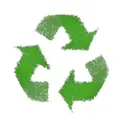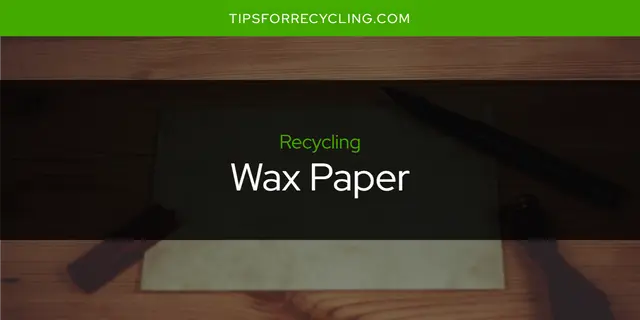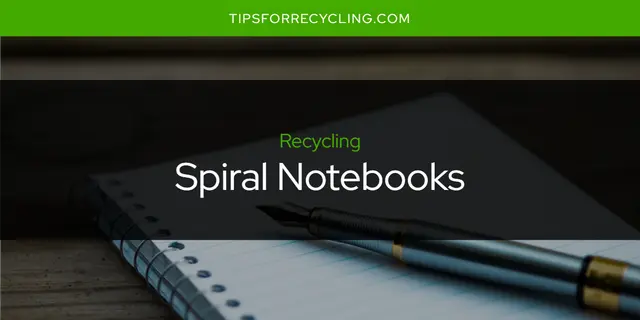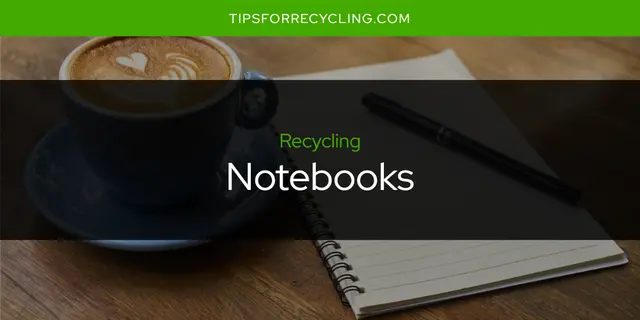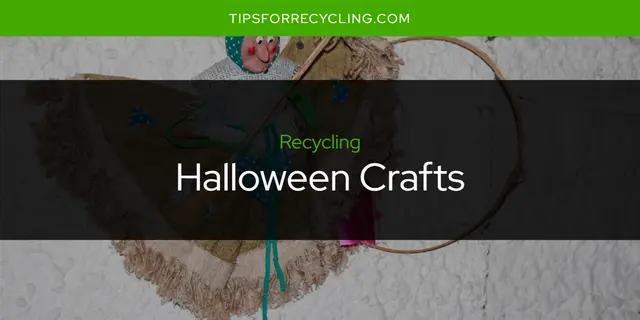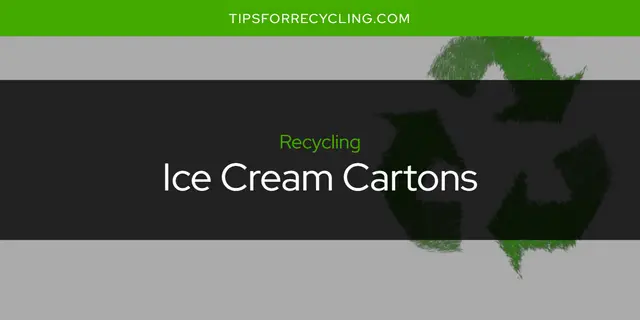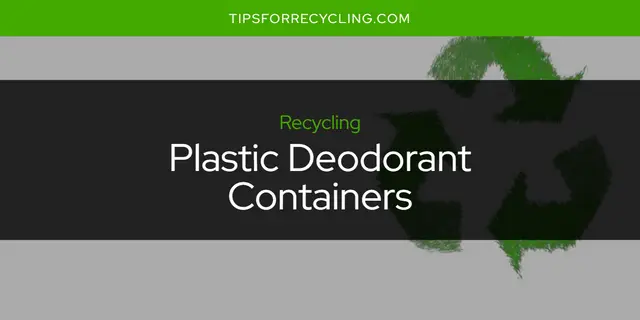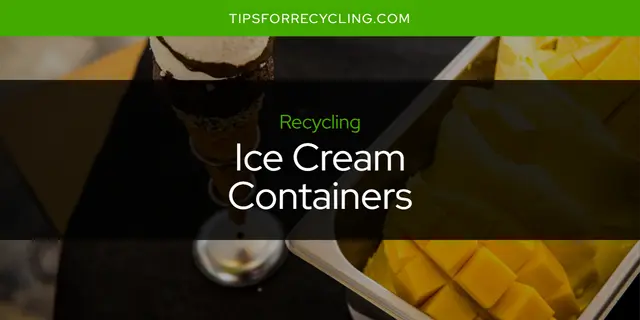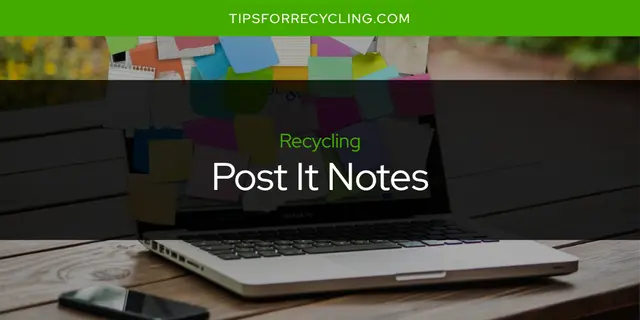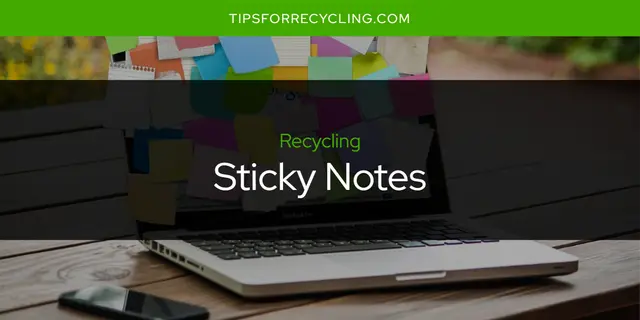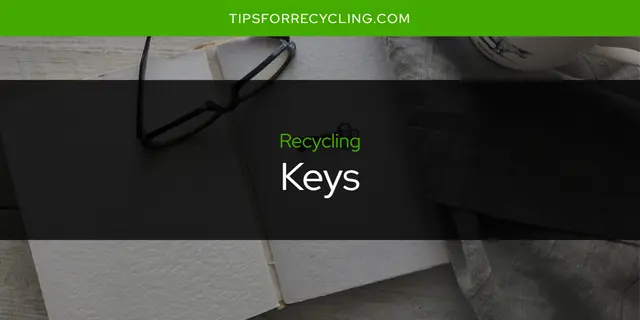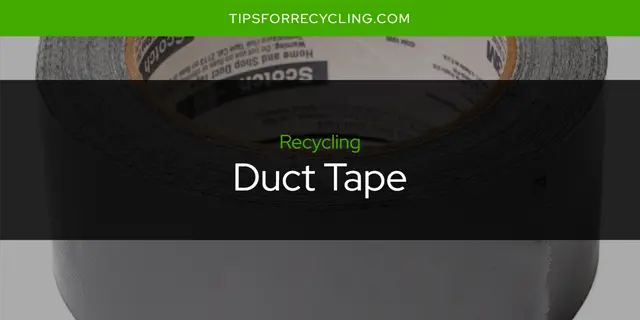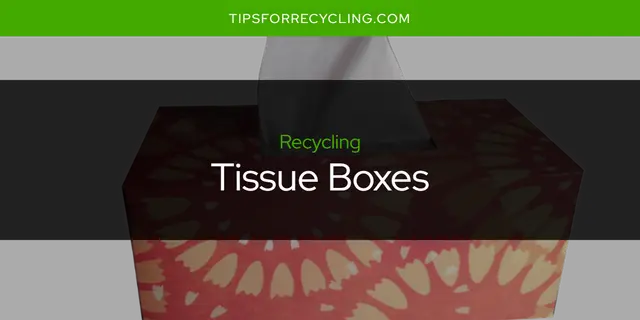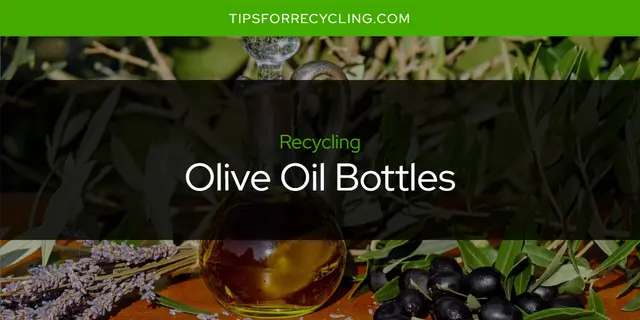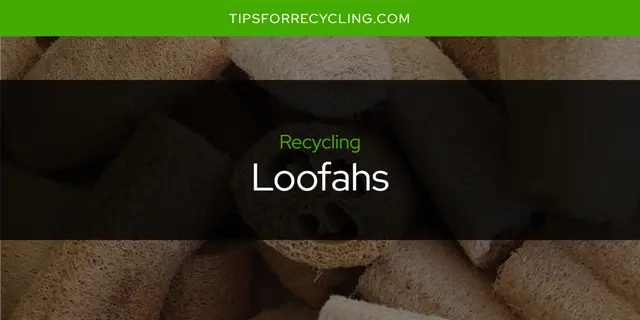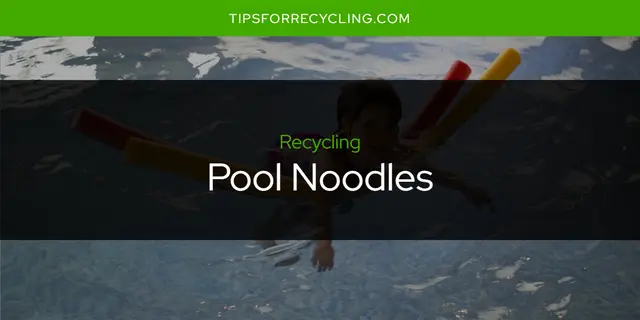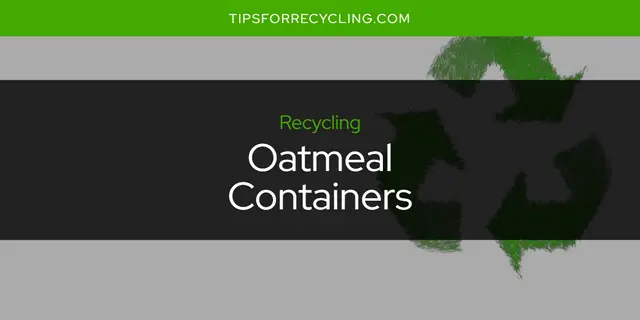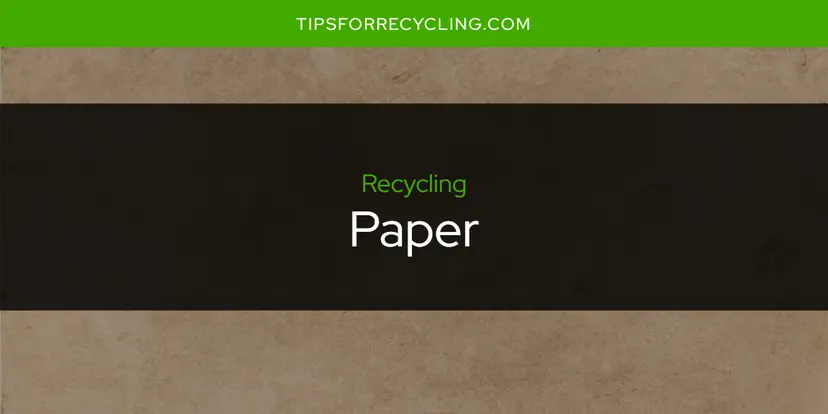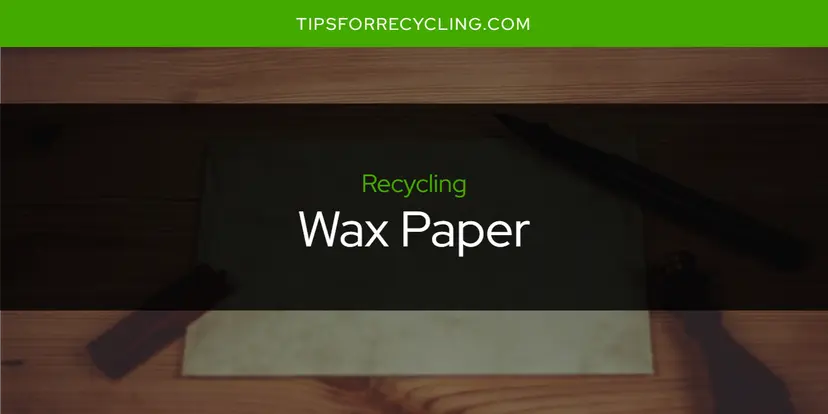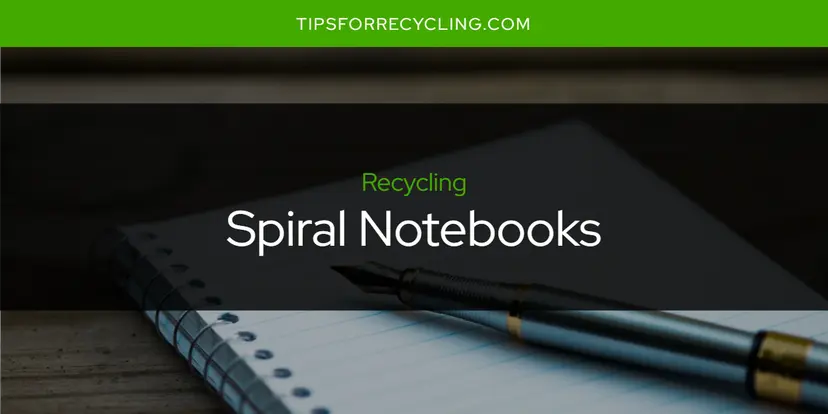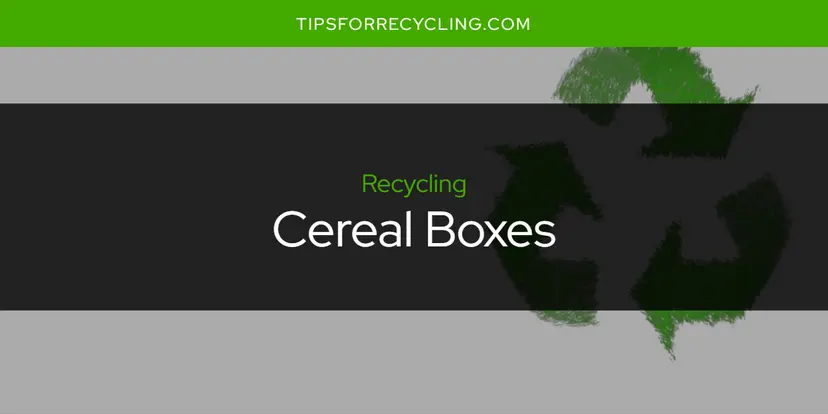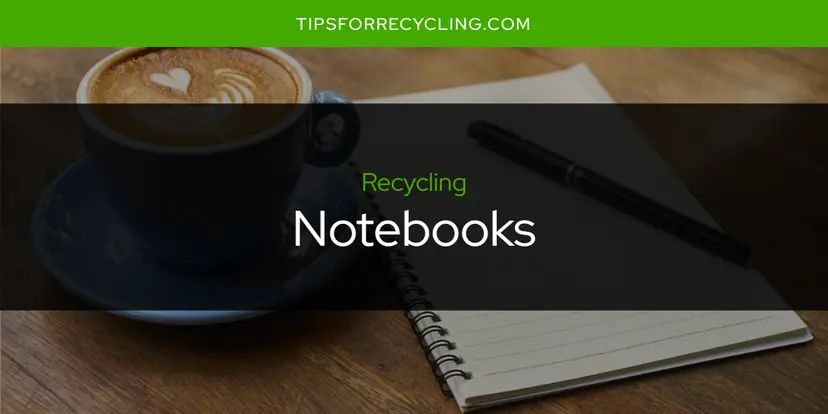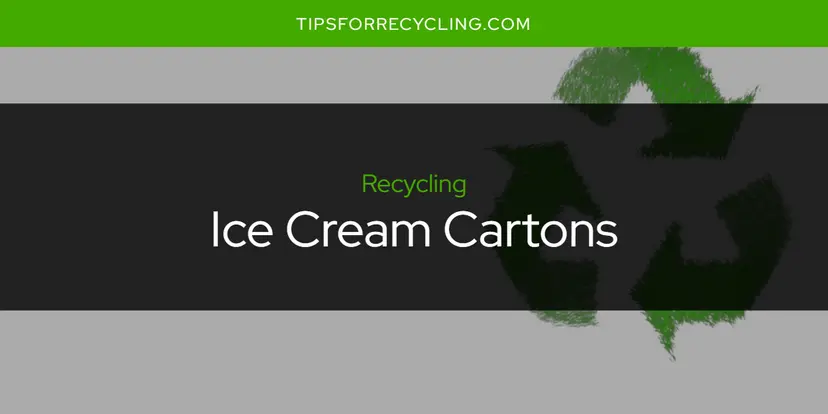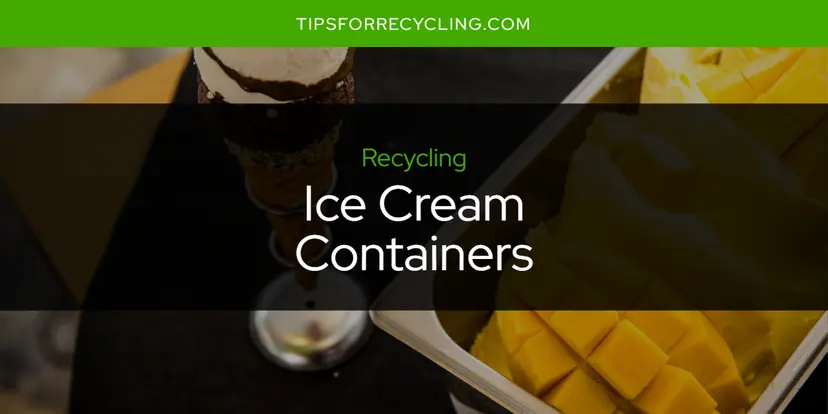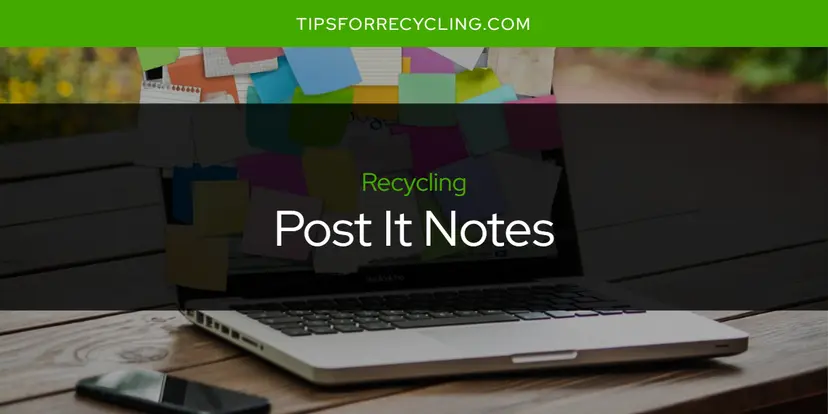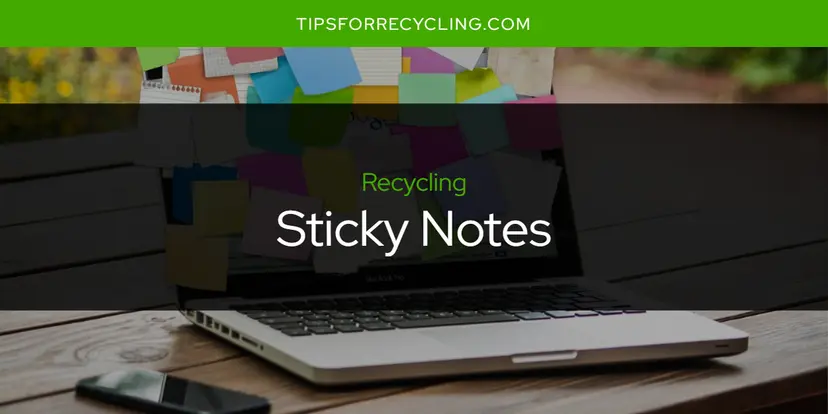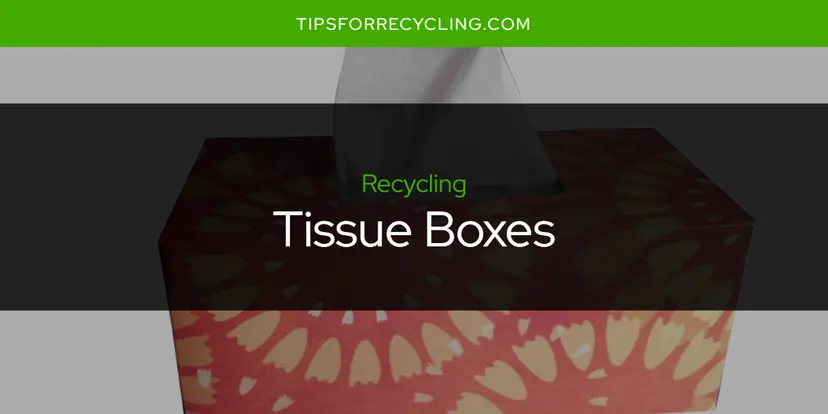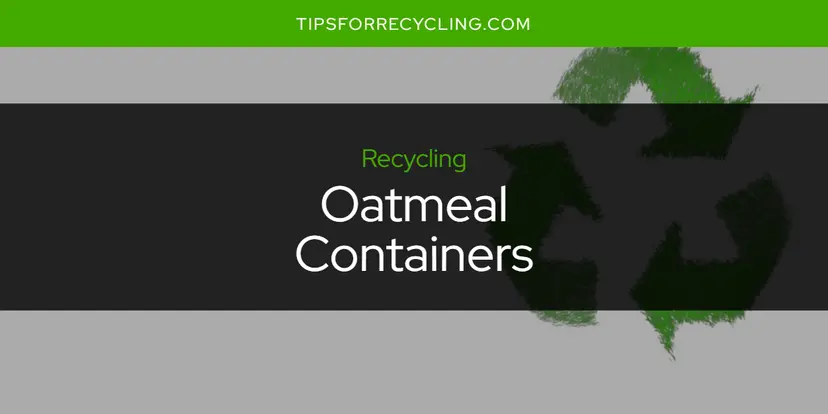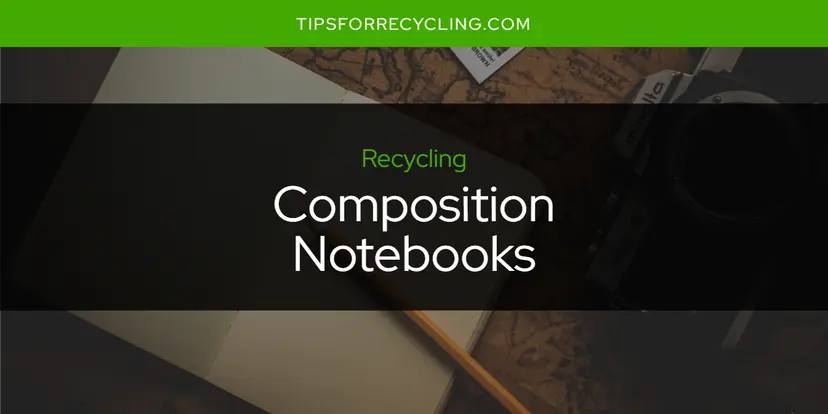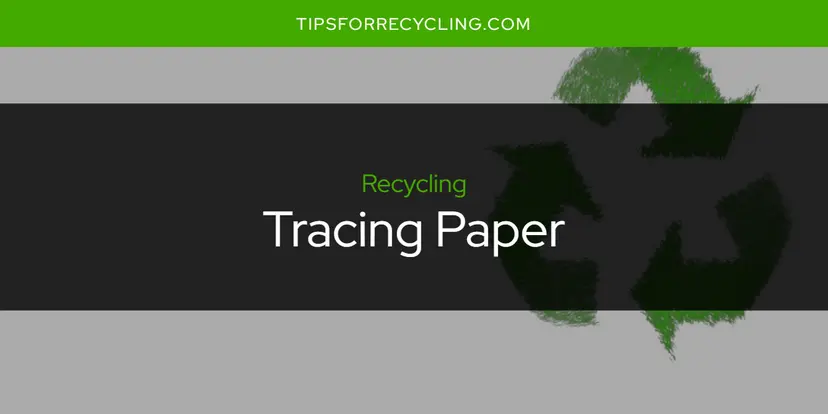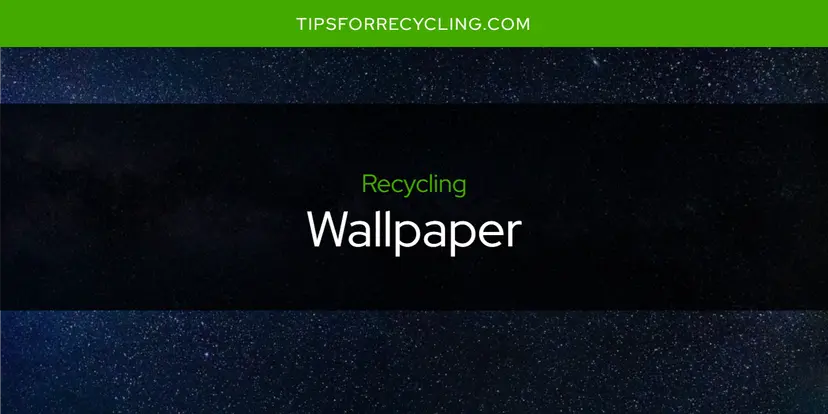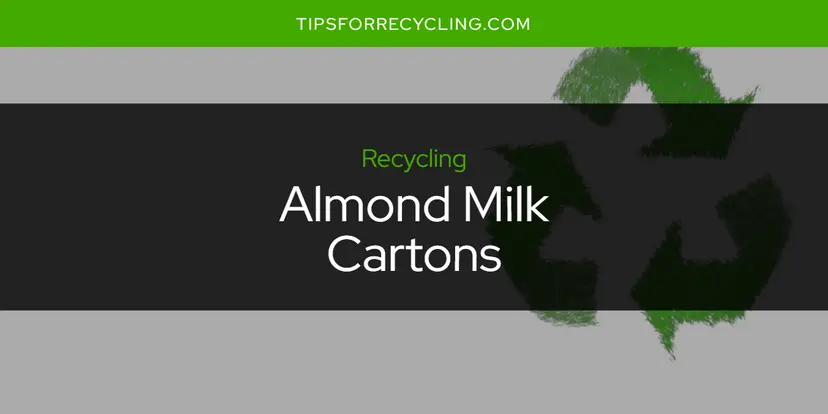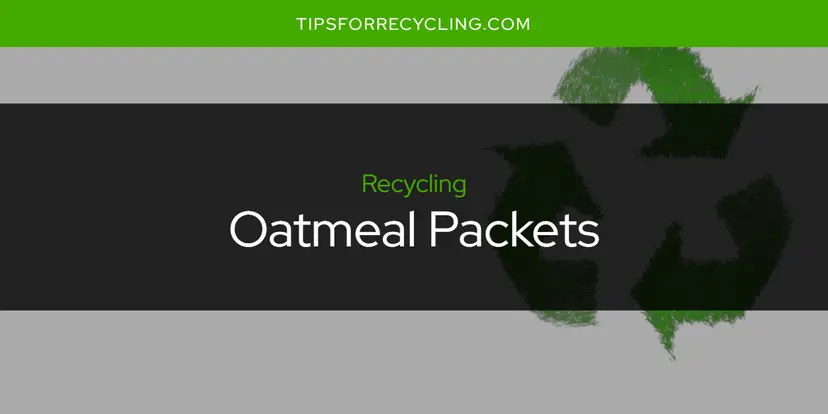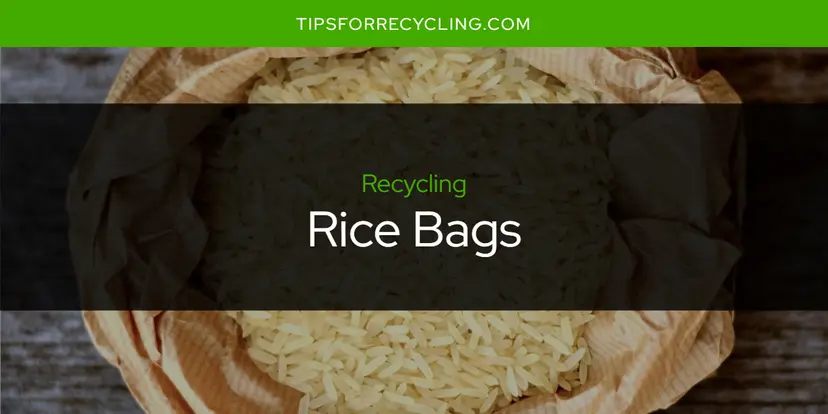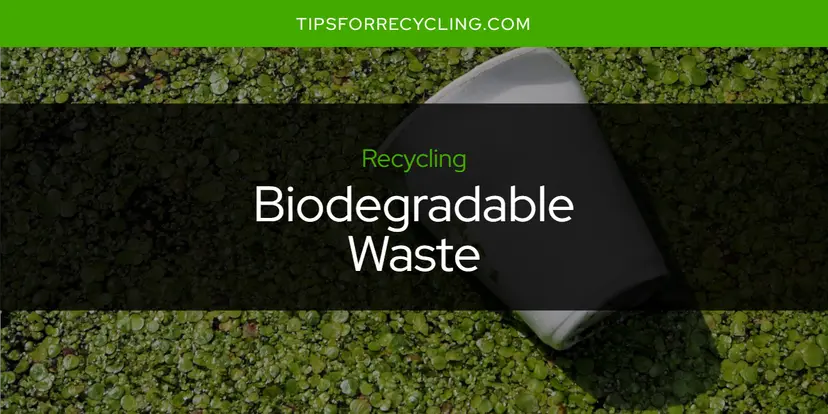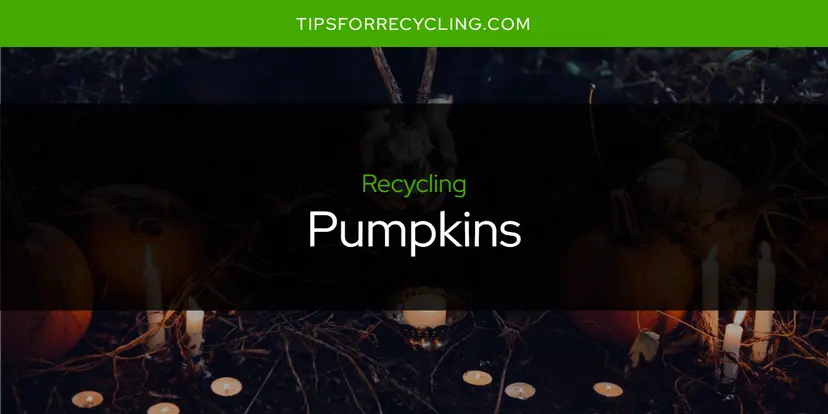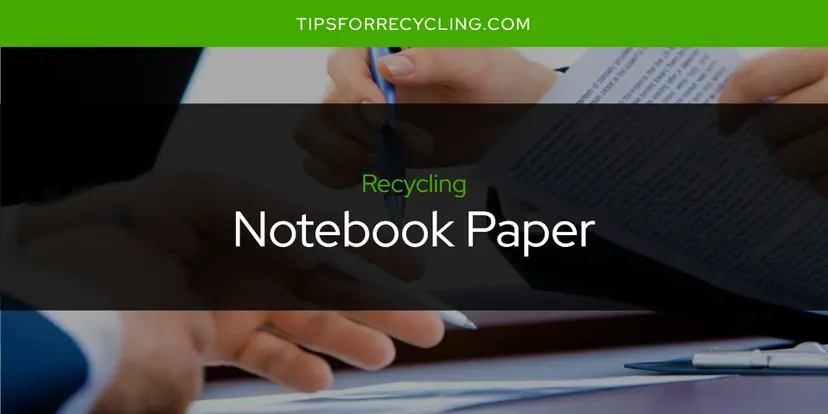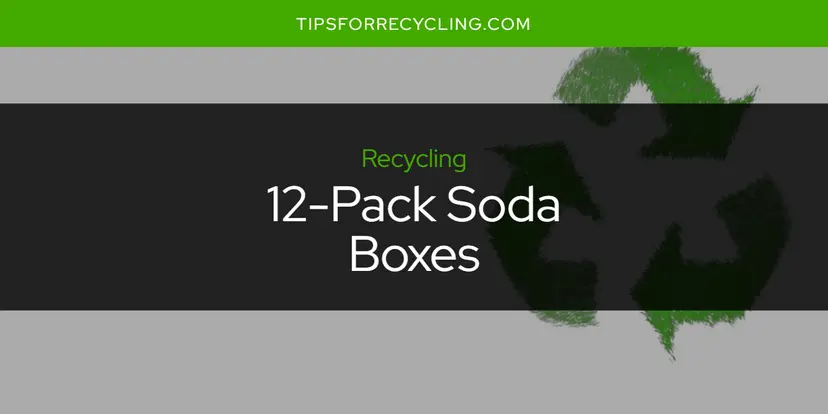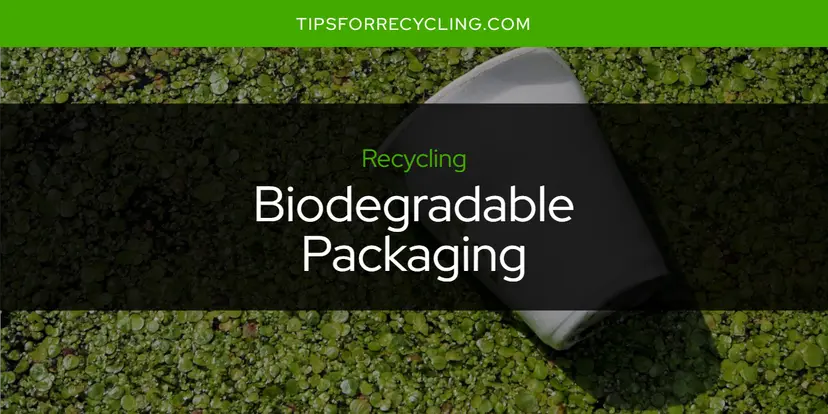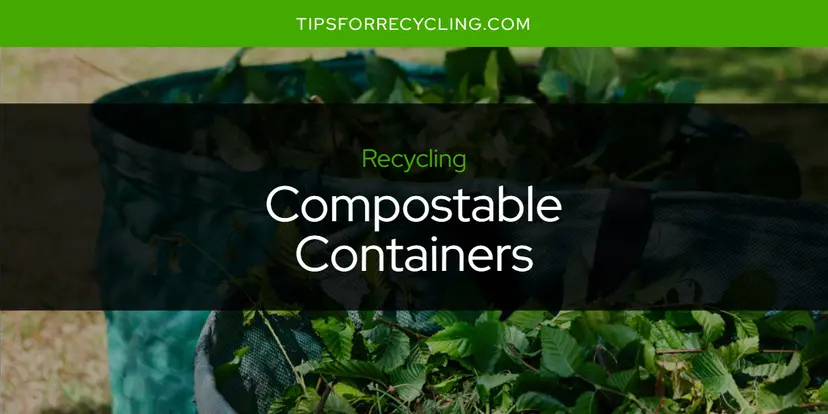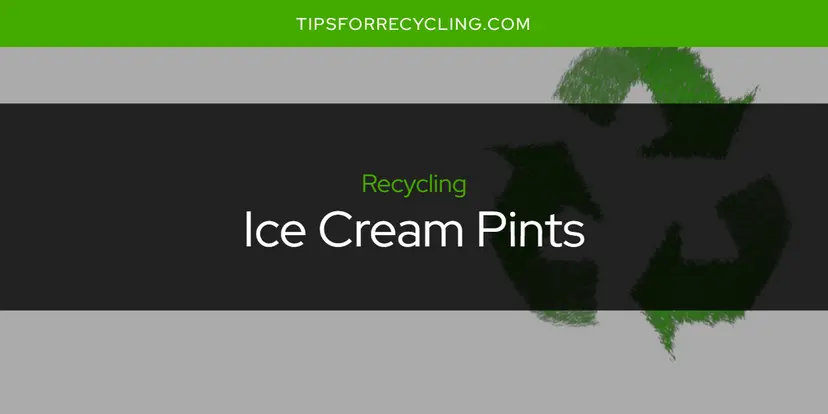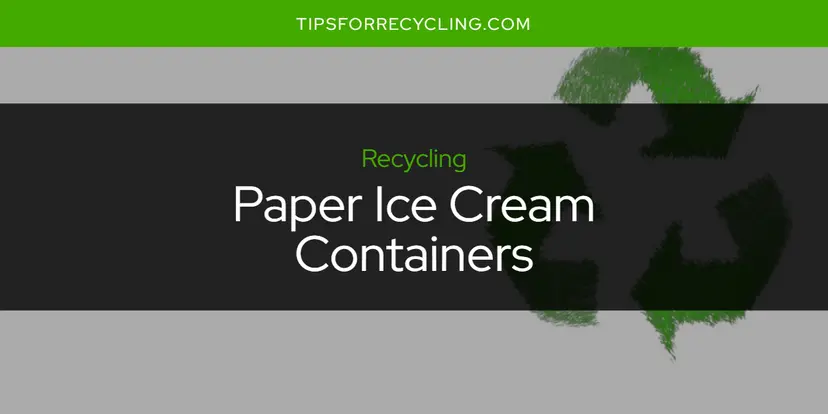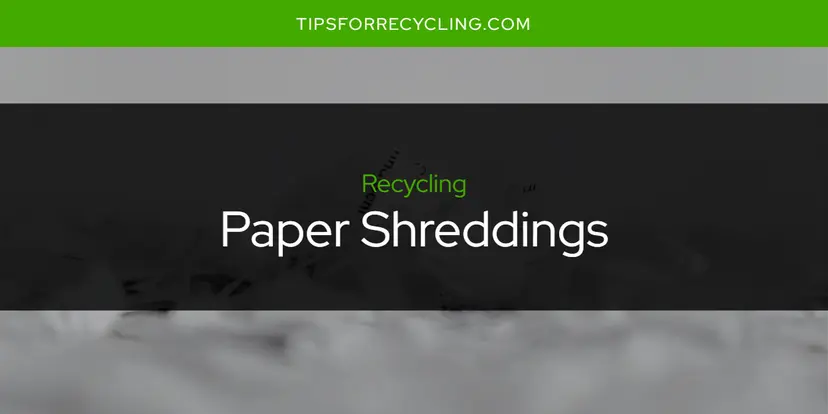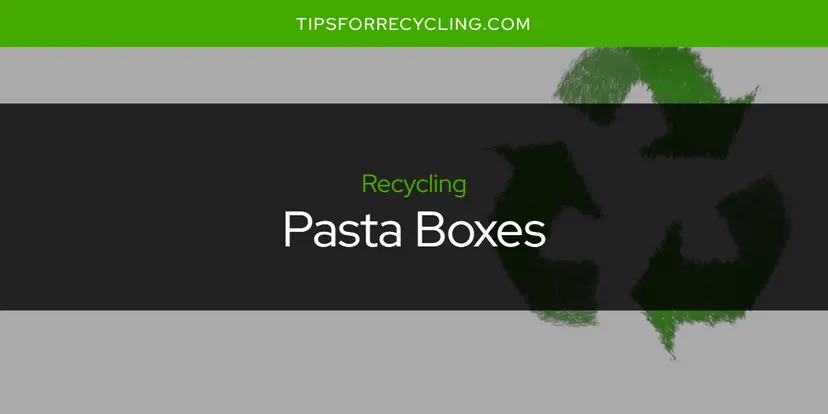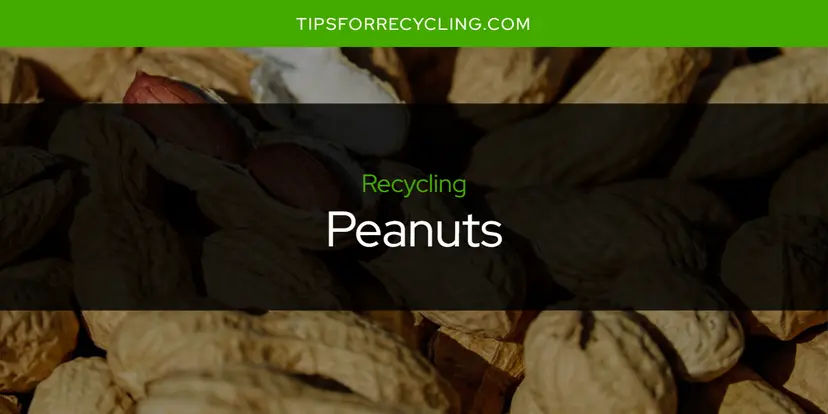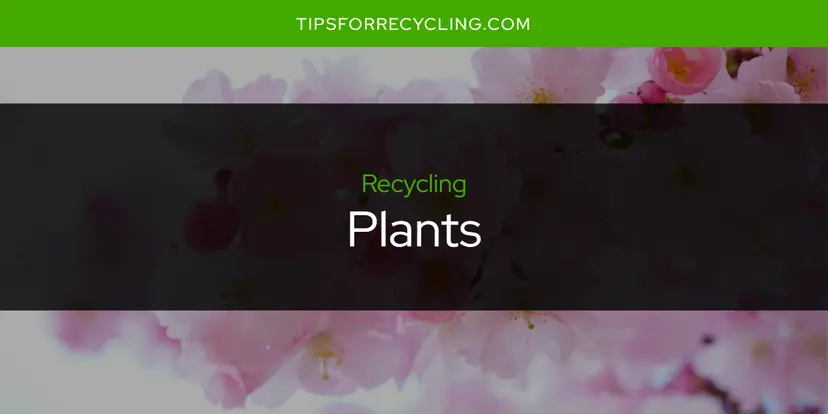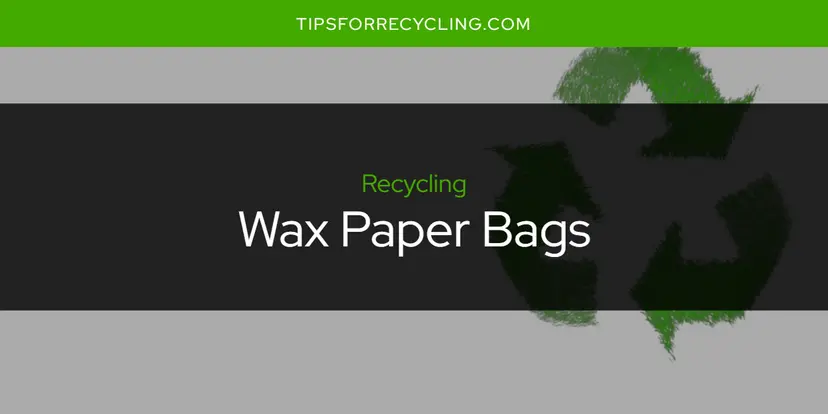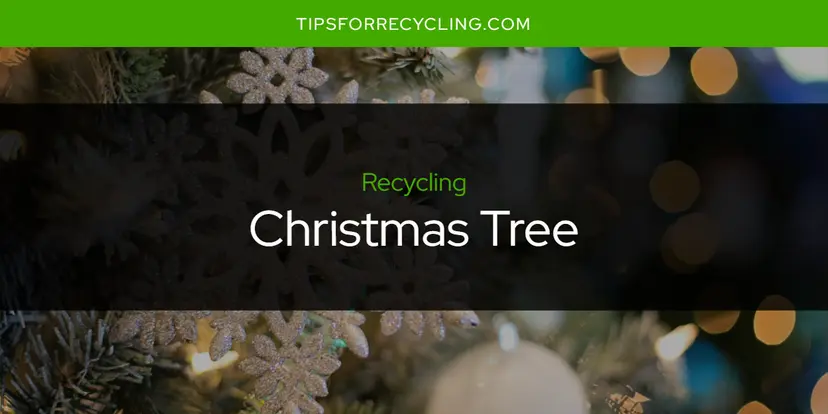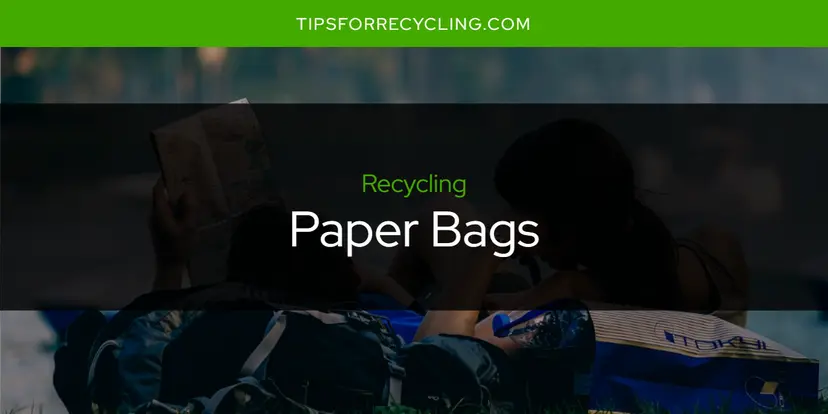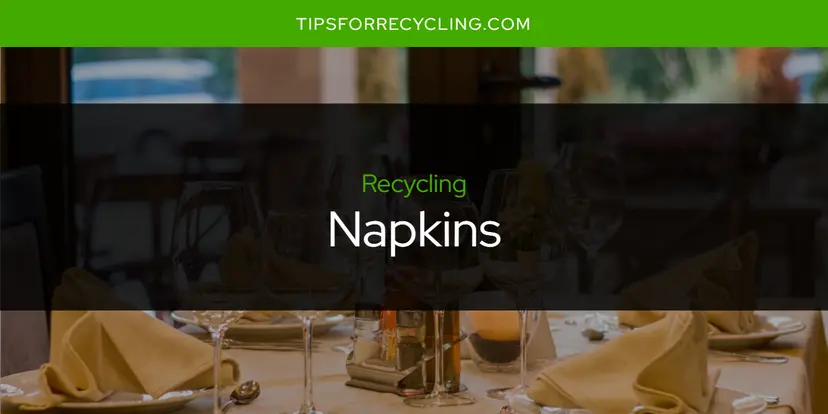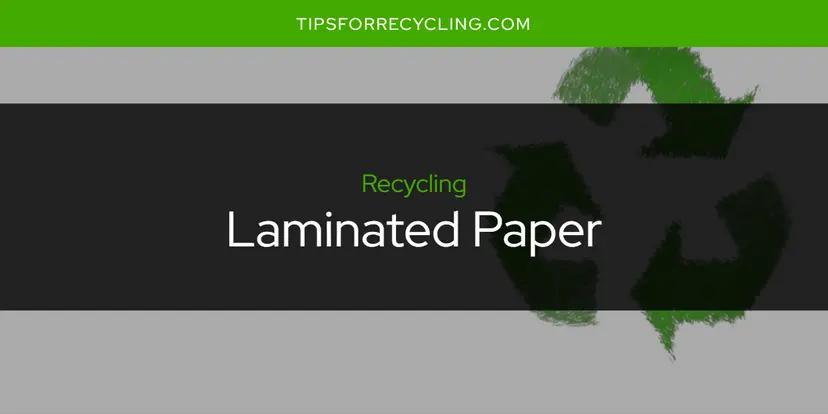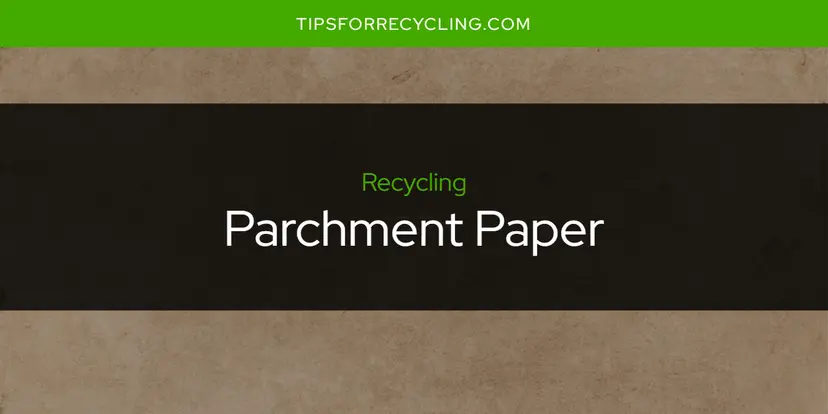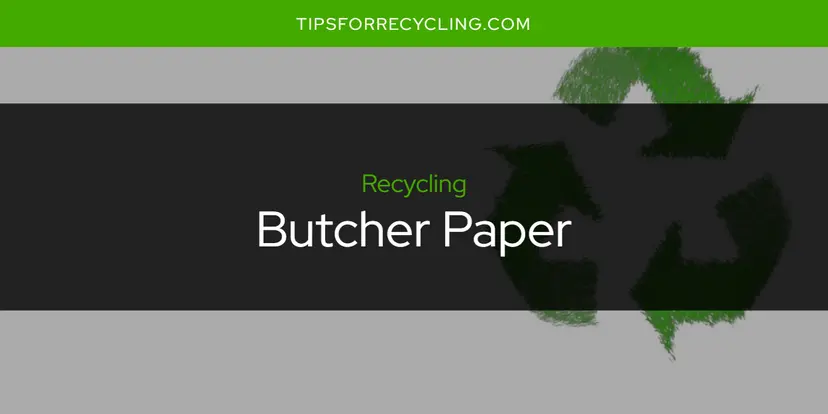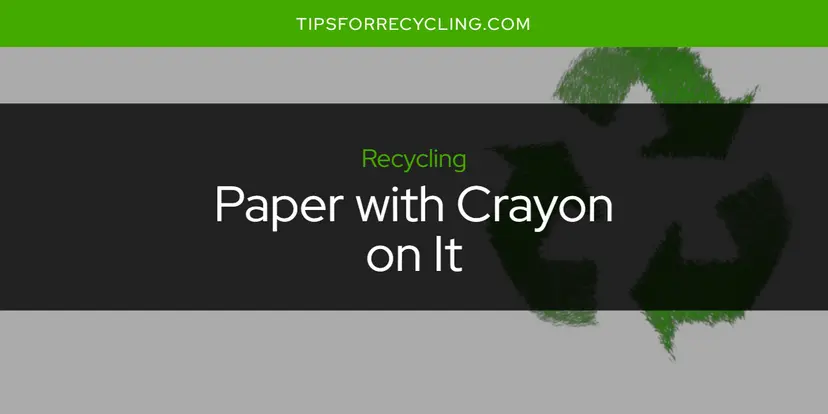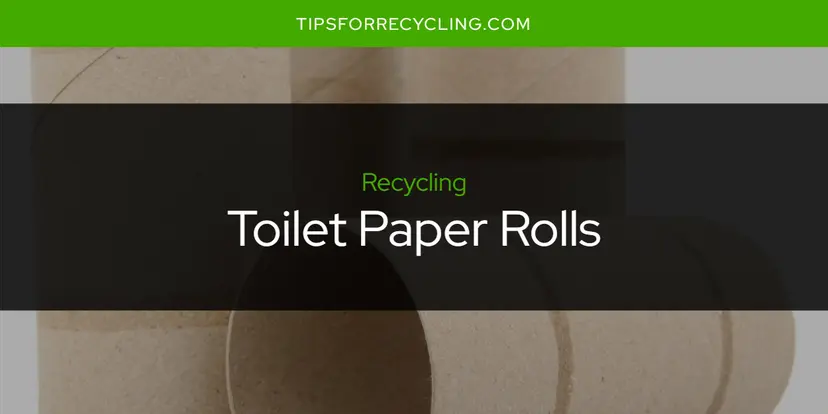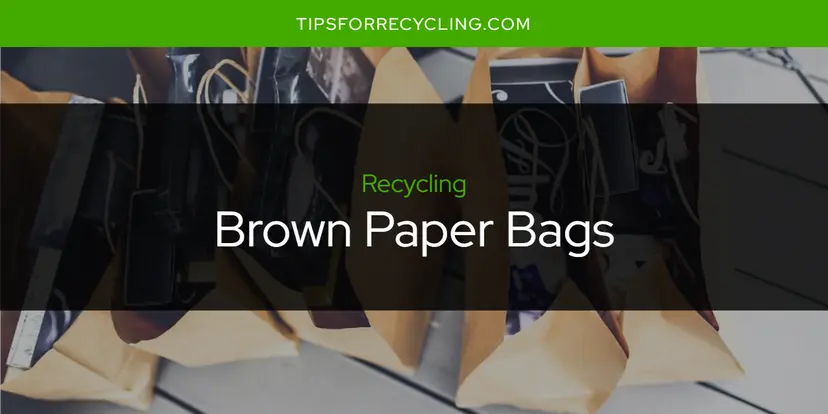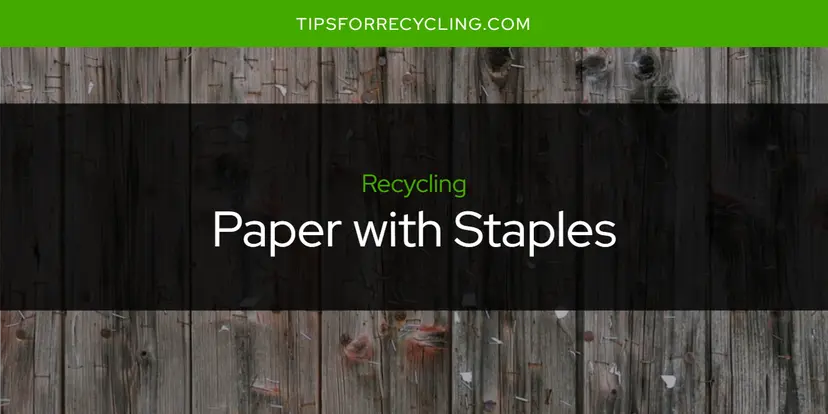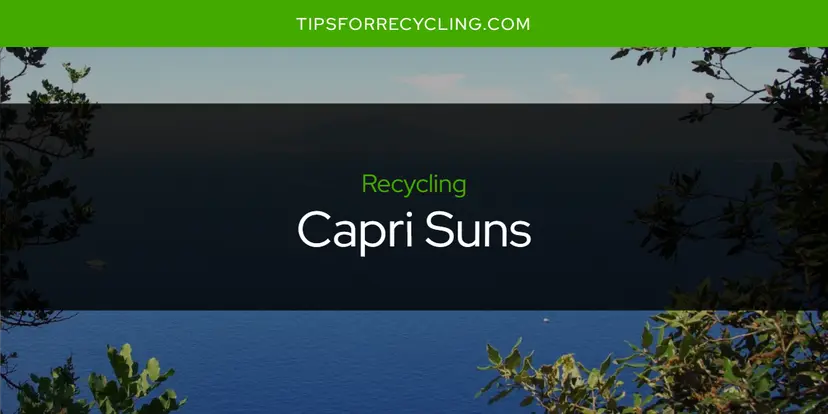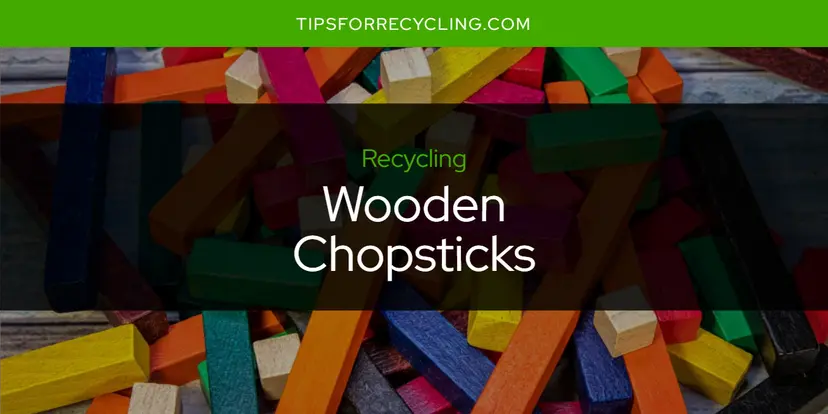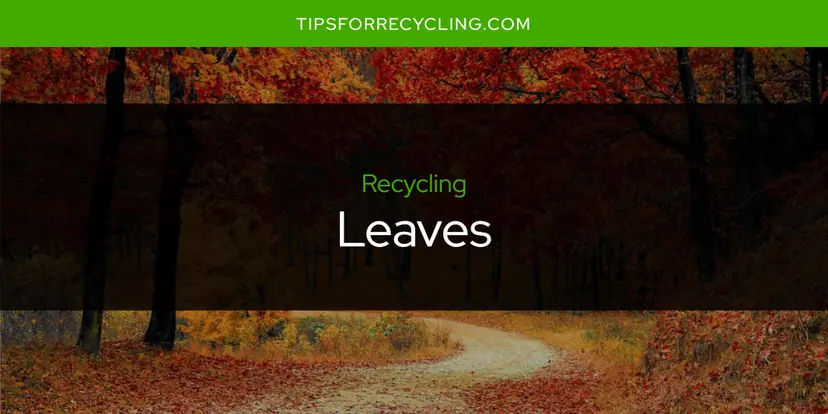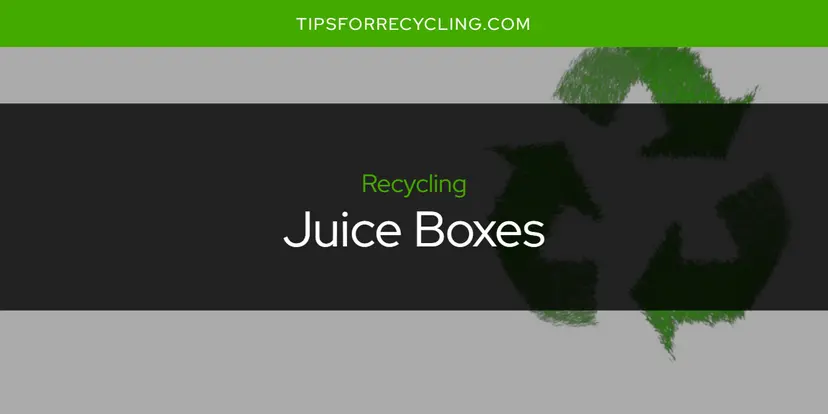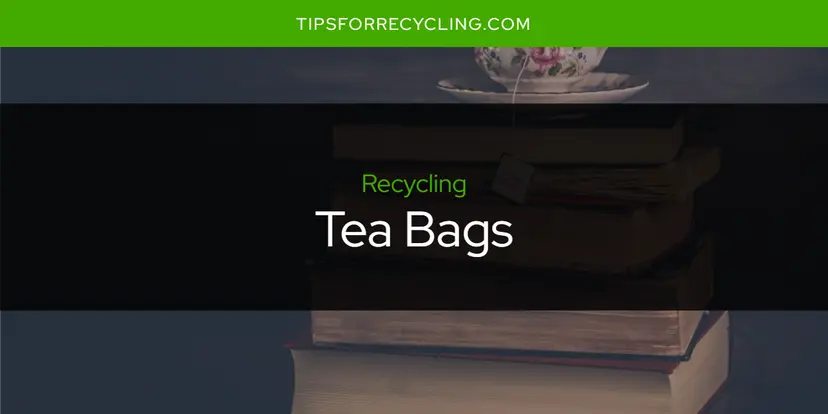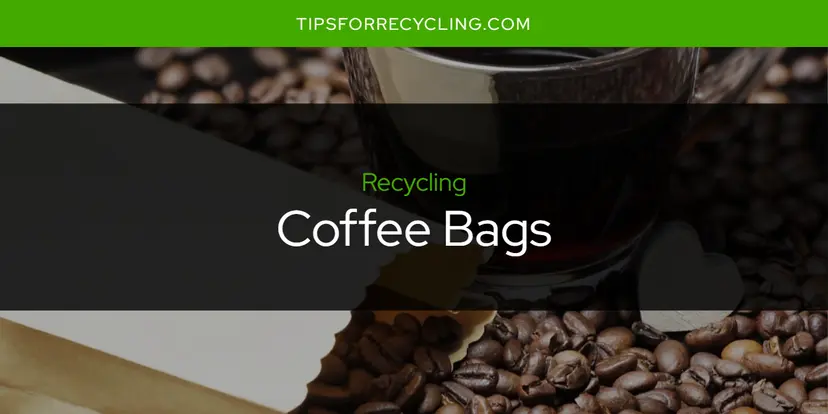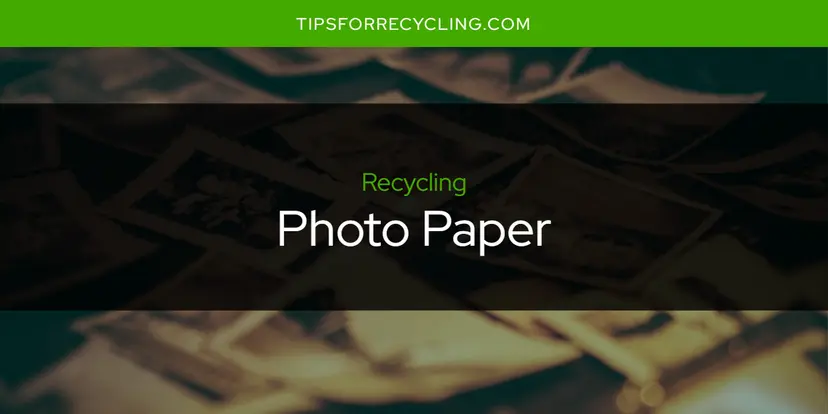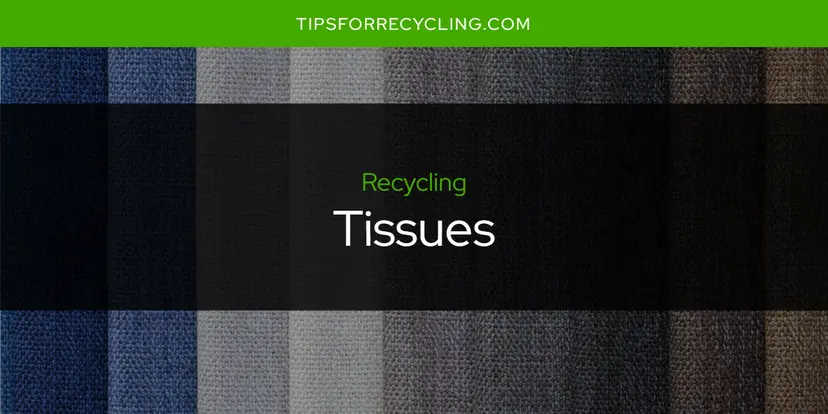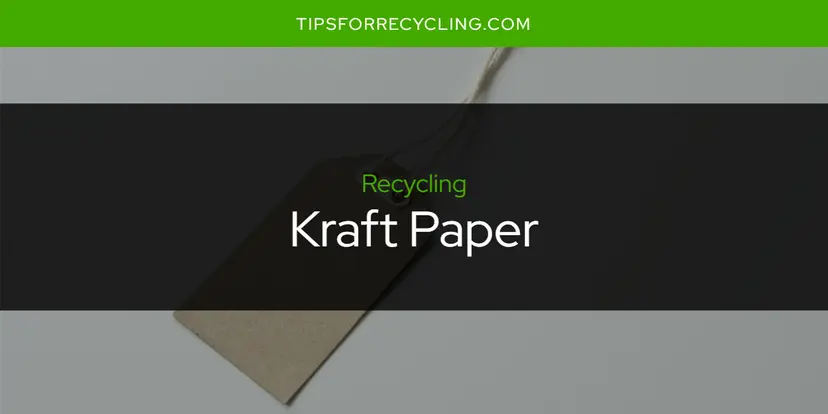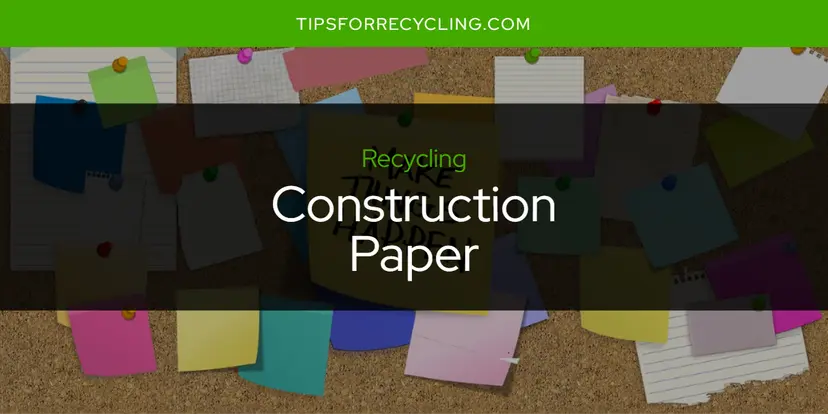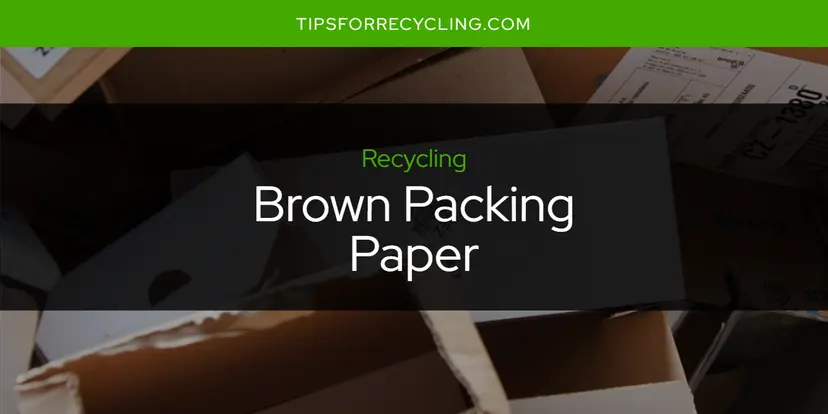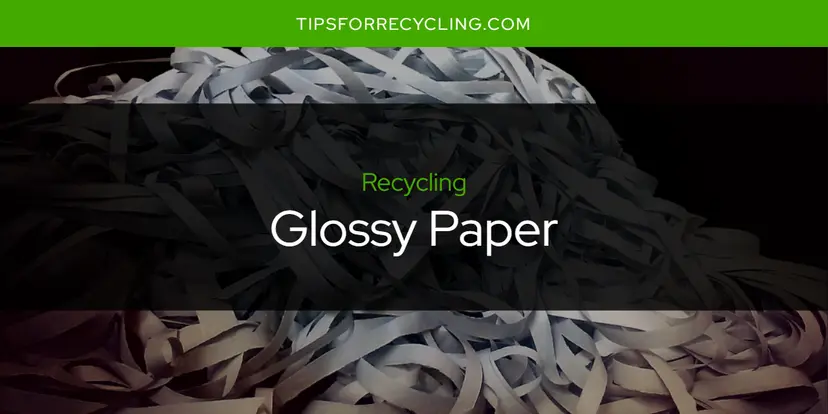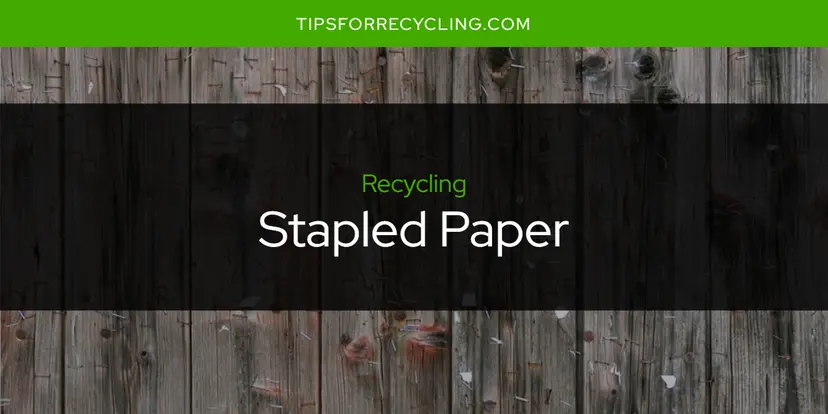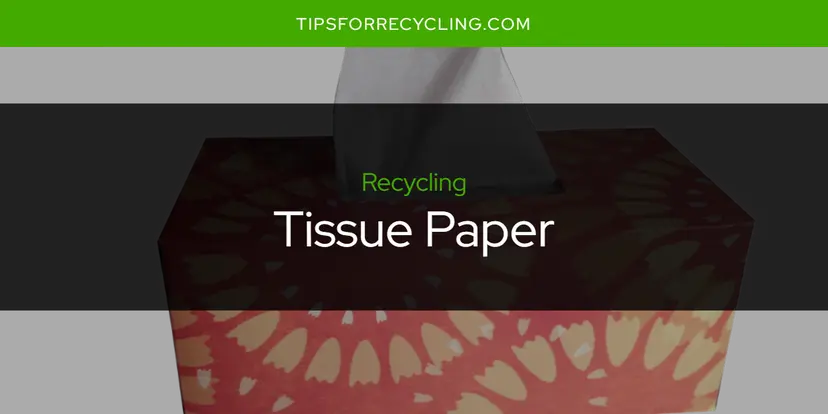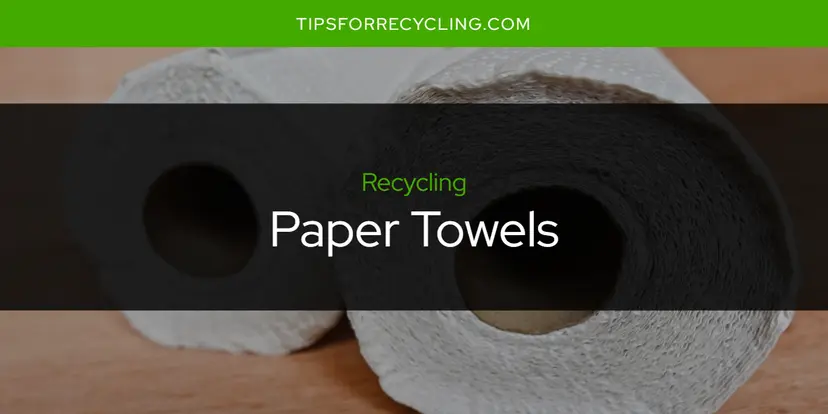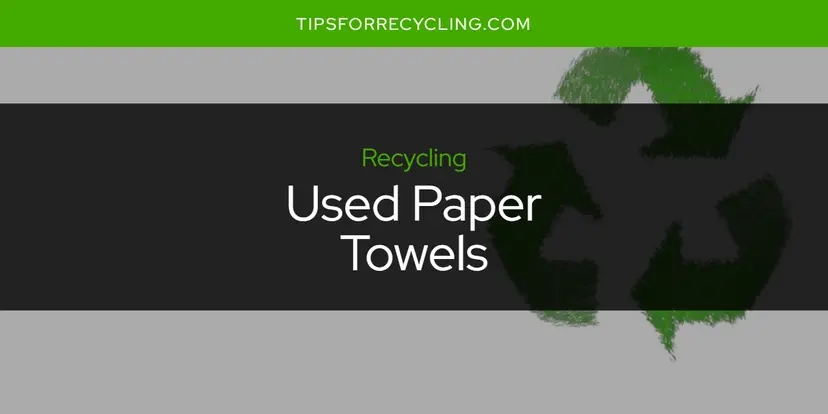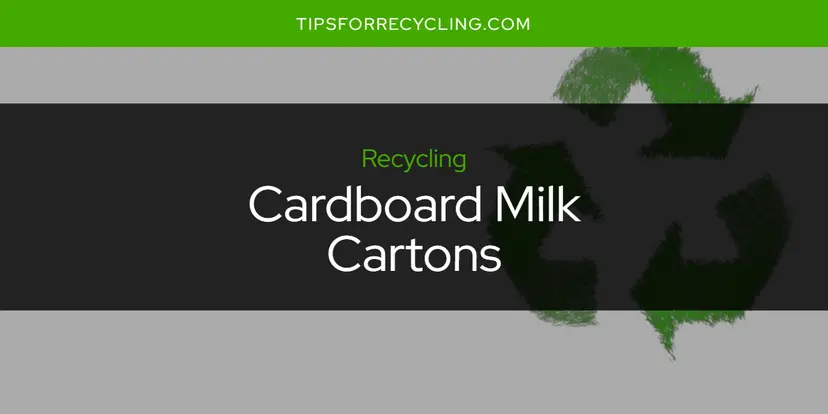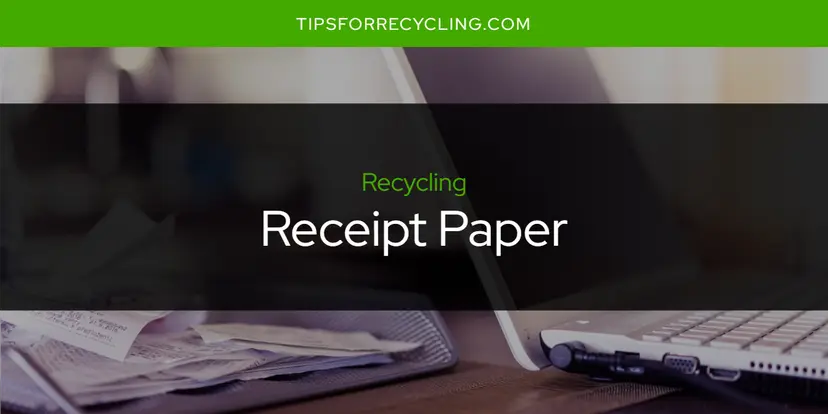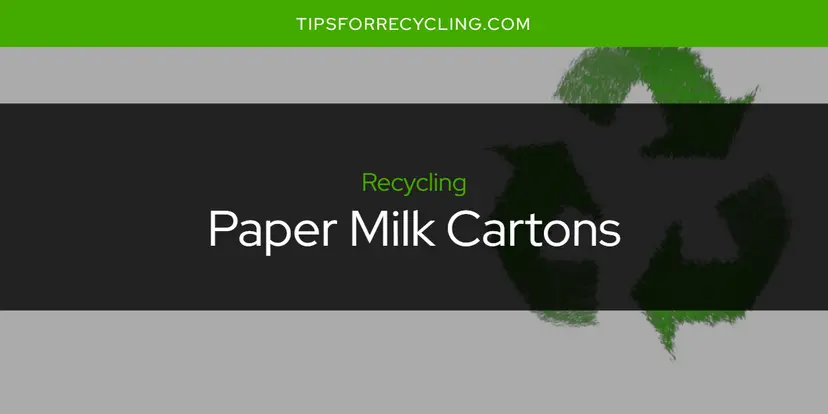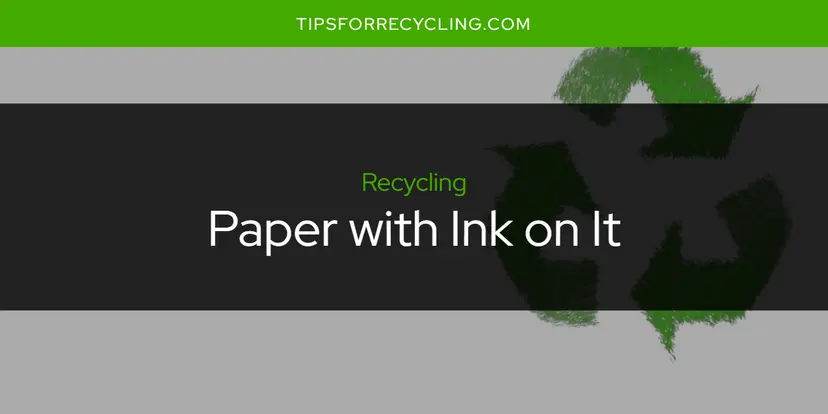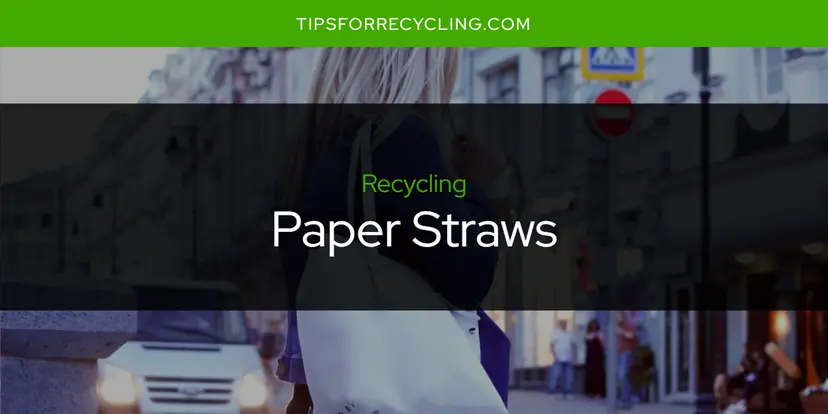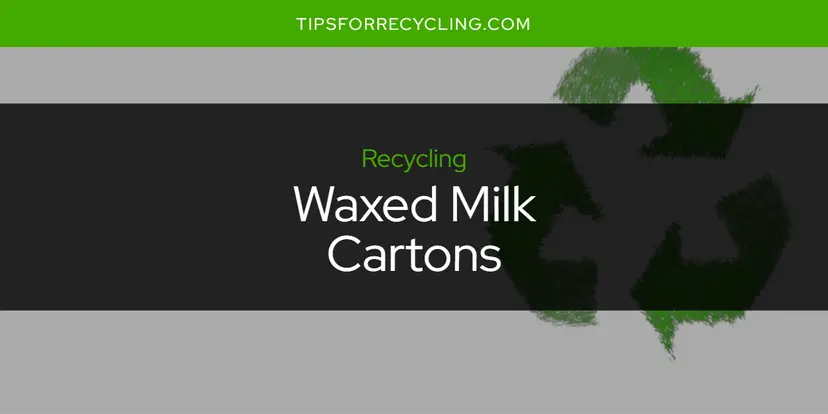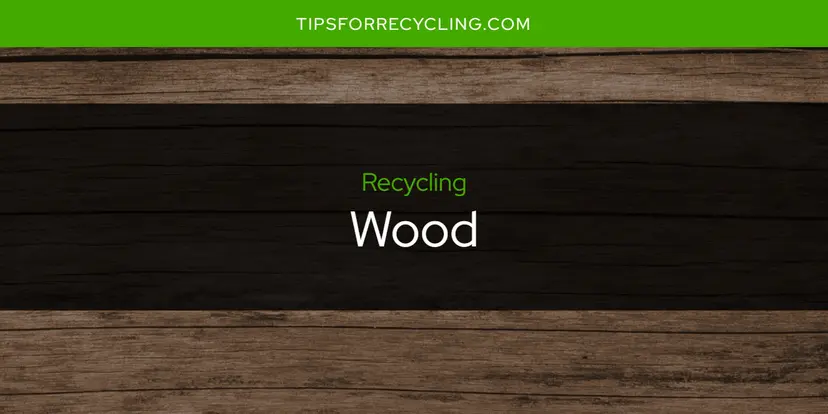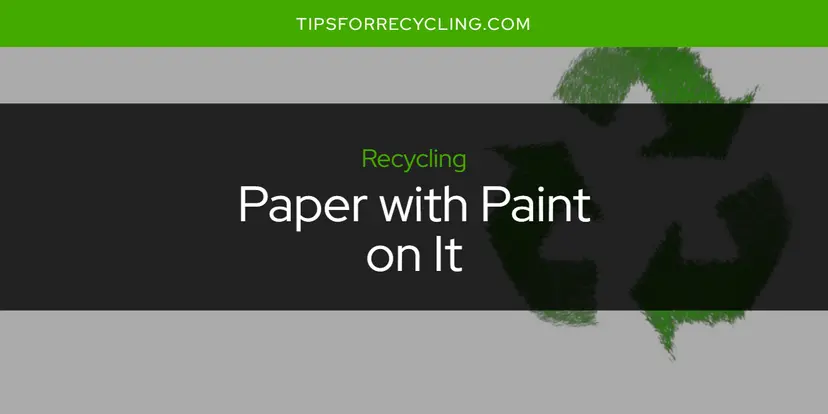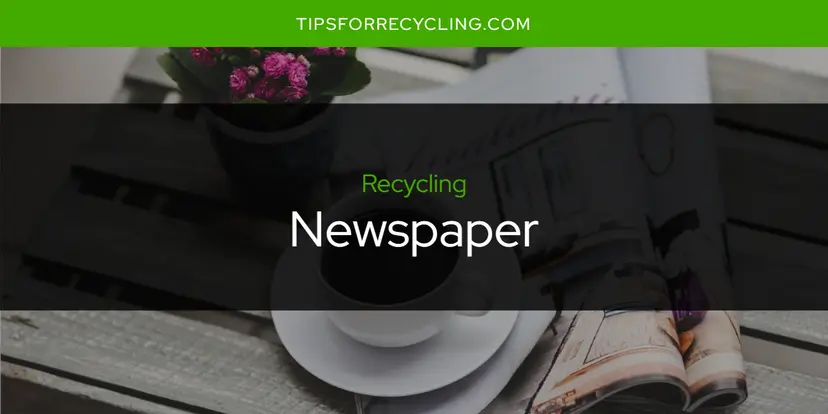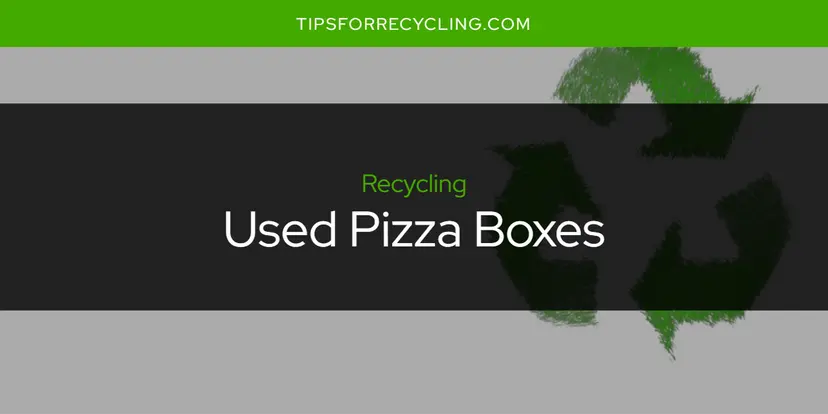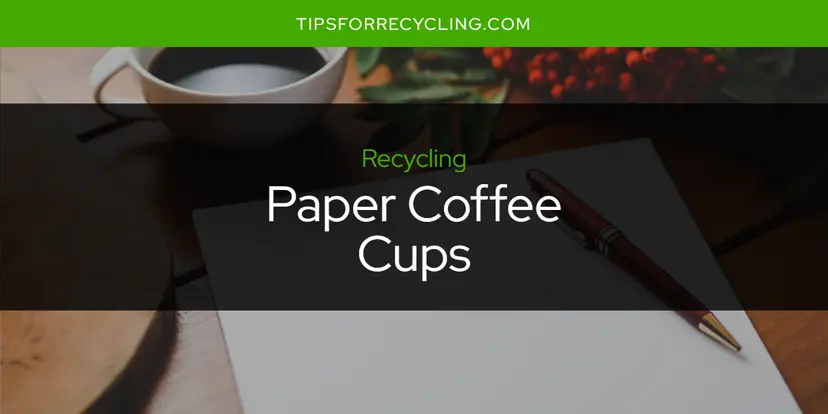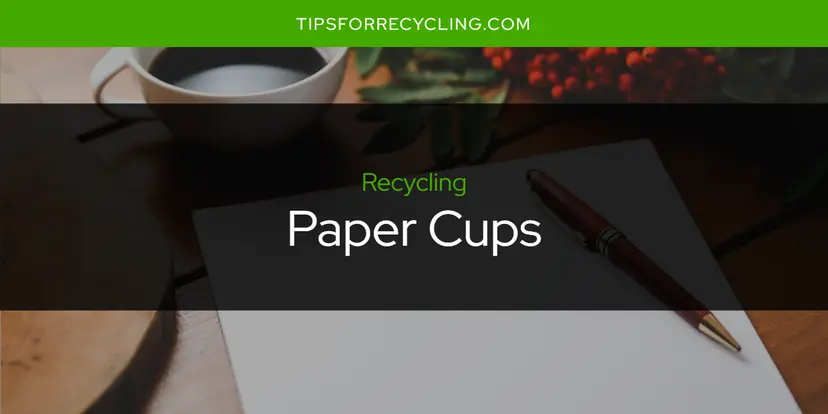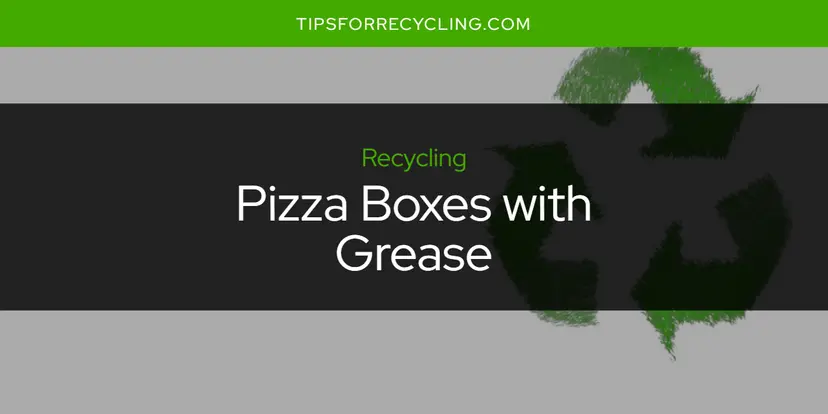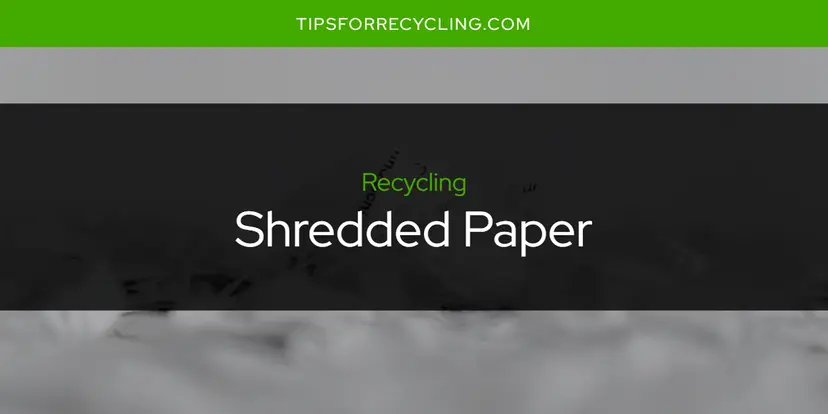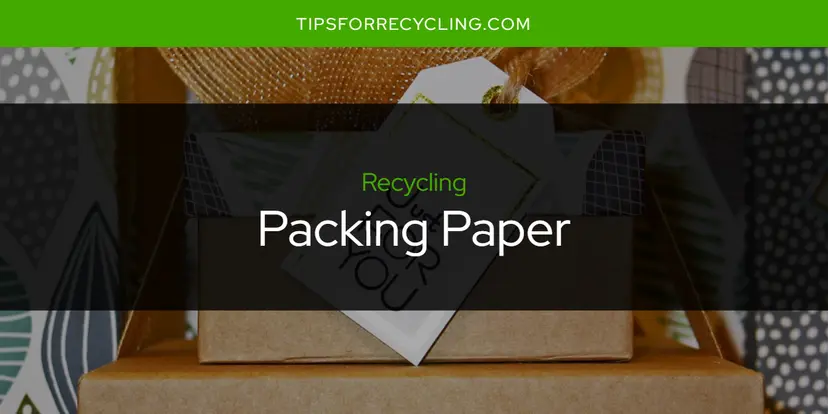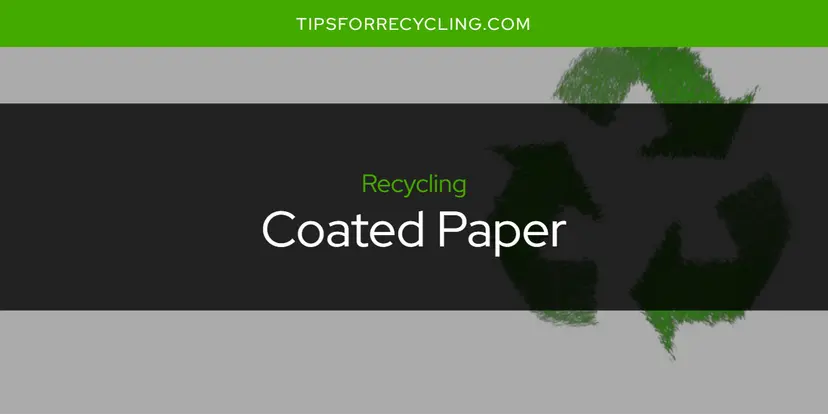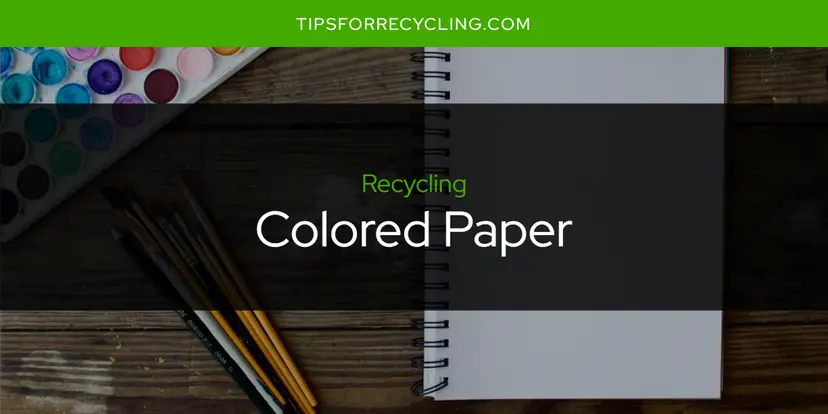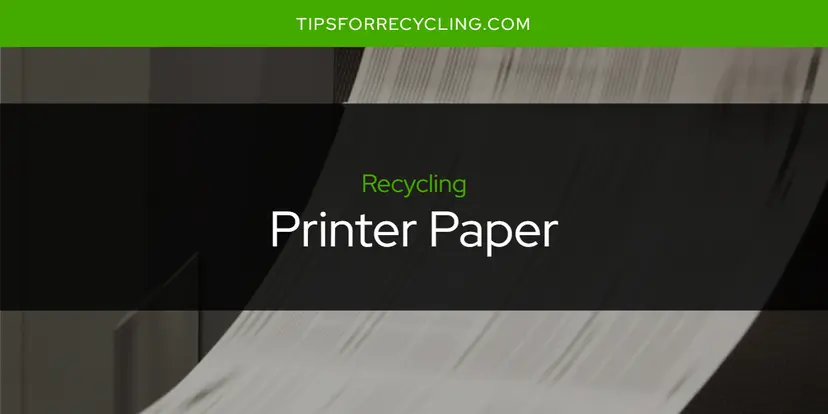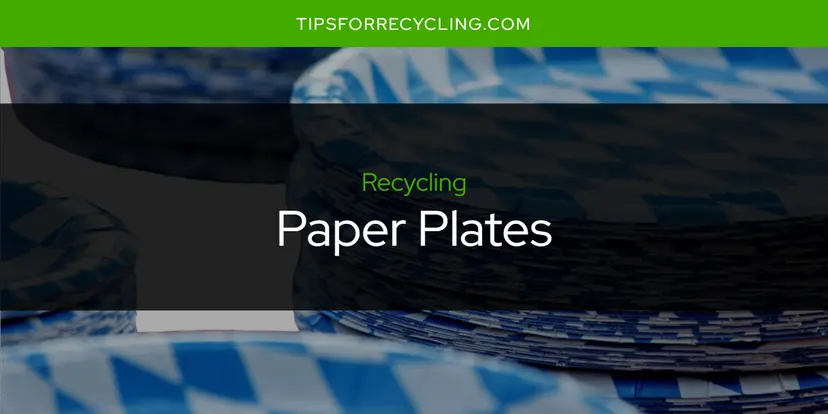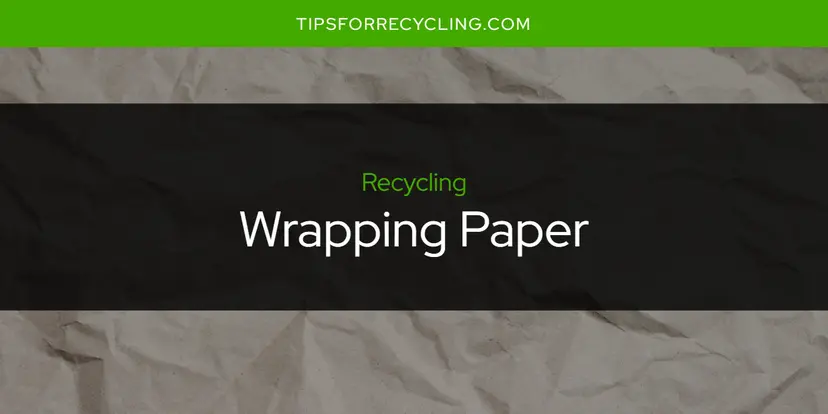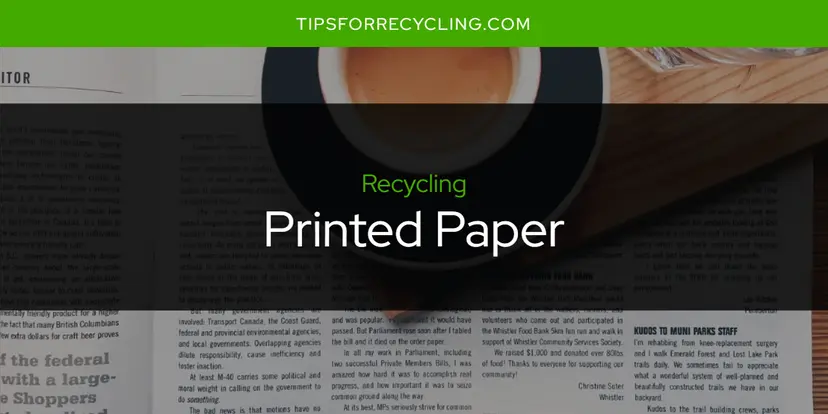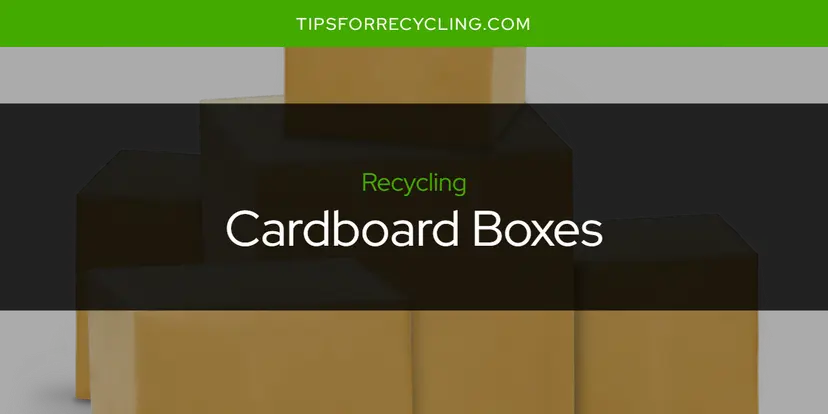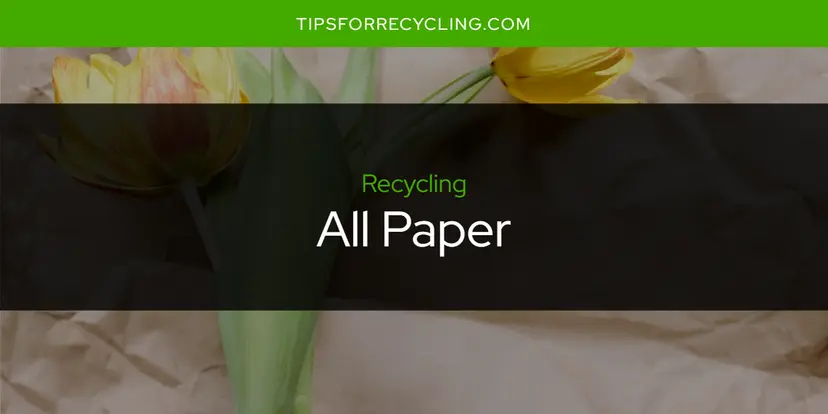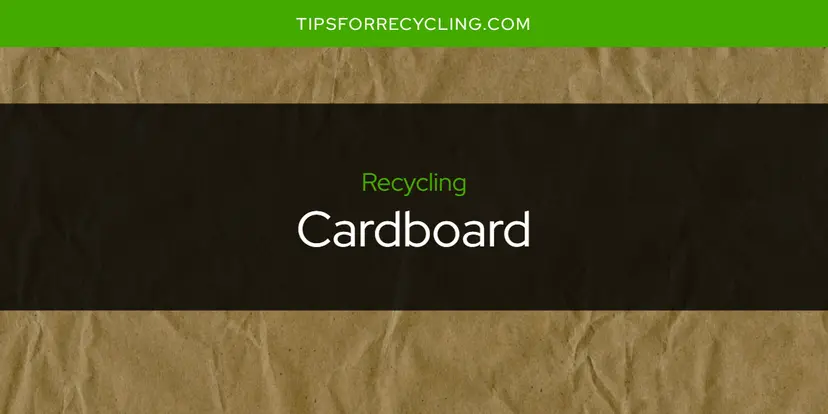Tips For Recycling
Recycling is an important process that helps conserve resources and energy. It involves the collection, processing, and marketing of materials that would otherwise be thrown away as waste. Recycling not only protects our environment, but it also has a wide range of benefits for all of us.
So - What Does Recycling Really Mean?
Recycling is the practice of collecting, sorting, re-processing, and manufacturing items from discarded materials, such as plastic bottles and cardboard boxes. This process helps conserve resources like water, fuel, and raw materials; it also reduces carbon emissions associated with the production of those resources. By recycling more items we can reduce our reliance on these resources and help create a sustainable future for everyone.
Benefits of Recycling
There are many benefits to recycling:
- Conservation - By reusing items that would have been thrown away or disposed of in landfills we reduce the amount of new materials being produced which in turn saves energy and resources.
- Reduce Waste - The more we recycle the less waste we generate. This means fewer pollutants entering our air and water supply which helps protect our environment against further damage caused by pollution.
- Economic Benefits - Businesses save money when they recycle because they don't need to buy as much new material or pay for disposal services. Consumers also benefit since recycled items often cost less than their non-recycled counterparts.
- Job Creation - As people become more aware of the importance of recycling there is a growing demand for workers who specialize in this area which has helped create jobs in the industry.
Recycling is an important part of protecting our environment for future generations as well as benefiting us right now by conserving resources and creating economic opportunities.
Recycling Basics
Recycling is a great way to reduce waste, help the environment, and conserve resources. Here are the basics of recycling so that you can feel confident that you're making a difference.
Types of recyclable materials
The most common types of materials that can be recycled are Plastics, Metals, Glass, Clothing, Electronics, Organics, and Other. It's important to check with your local municipality to find out what specific materials they are able to recycle.
Where to recycle
Most municipalities offer curbside collection for recyclables and provide bins for residents to use. Not all towns offer curbside collection though and some require people to drop off their items at designated collection sites in order to ensure that no contamination occurs. Again it's important to check with your local municipality for more information about where you should drop off your items or if the curbside collection is available in your area.
What goes into the recycling bin/container?
The easiest way to figure out what goes into the recycling bin is simply by checking the list of accepted items provided by your local municipality. Generally speaking though, most recyclables are placed loosely in the container or bin - meaning no need for bagging them up beforehand! Try not to mix different types of material together as this could cause contamination issues down the line.
What should not be put in the recycling bin/container?
Just like there are certain things that can be placed in the recycling bin/container, there are also items that should not be put into them. These include hazardous materials such as chemicals, batteries, light bulbs, and food-soiled containers and packaging (such as pizza boxes). If any of these items end up in your container then it will likely have to go through extra sorting processes which can cost more time and money as well as contaminate other recyclable items.
Different Methods to Recycle
There are various methods to choose from when it comes to recycling. Here are three of the most popular methods:
Three-Stream Curbside Collection Method
This method segregates recyclables by their types such as glass, plastic, and paper. This style not only reduces contamination of recyclable materials for those who use the service but also reduces the need for manual sorting by collection agencies. It is a great way for households to get involved with recycling without having too much effort involved.
Single-Stream Curbside Collection Method
Unlike three stream curbside collection method, this one allows all types of recyclable materials to be collected into one bin or container. This method takes away the need for households to separate their recyclables, making it an easy and convenient option for people who want to get involved in recycling but have limited time.
Drop-Off Centers and Buy-Back Centers
These centers serve as a great option for those who want to help reduce waste but don't have access to curbside collection programs or find them unreliable or inconvenient. These centers usually offer cash or store credit in exchange for certain items that can be recycled such as scrap metal and plastic bottles. It is a great way for businesses and individuals alike to make money from something they would otherwise throw out!
Sorting and Processing of Recyclables
Recyclables need to be sorted and processed before they can enter the recycling stream. This process can involve both manual labor, automated sorting equipment, and baling machines.
A. Manual labor for sorting: Despite advances in technology, manual labor is still often required in order to sort recyclables from other materials. This is usually done by workers who are experts in sorting out different types of materials such as metals, plastic, glass, paper, etc.
B. Automated sorting equipment: Mechanized conveyor belts are used to move recyclable materials from place to place so that they can be sorted into different categories more easily and efficiently. Automated sorters use various techniques such as infrared light and air jets to separate material by type.
C. Baling machines: Once the materials have been sorted into their respective categories, they are then compressed using baling machines which make them easier to transport and store. The bales of material are then shipped off to be recycled into new products or sold on the secondary market for reuse.
By taking the time to sort and process recyclable materials we are helping to ensure that these materials can be reused or recycled properly instead of ending up in landfills or waterways where they could cause environmental damage.
Benefits of Recycling and How it Affects Society
Recycling is one of the most important practices for preserving our environment and reducing waste. It has numerous environmental and economic benefits that not only help us, but also have a positive impact on society.
Environmental Benefits
One of the biggest benefits of recycling is that it helps reduce landfill waste and pollution. This is because materials such as plastic, glass, paper and metal found in everyday items are reused instead of being thrown away. In addition, it conserves energy by requiring less energy to produce recycled items than to create them from new materials. Moreover, recycling helps protect natural habitats from depletion as fewer resources need to be extracted from the environment.
Economic Benefits
Recycling also has many economic benefits. First, it reduces production costs due to the availability of reusable materials. On top of this, it can create new jobs in the recycling industry as well as other related sectors such as manufacturing and transportation. Additionally, governments can benefit from introducing tax incentives or regulations that promote recycling. These initiatives help improve public health and safety by encouraging businesses to use safer methods when handling hazardous materials for disposal or reuse.
Challenges Faced with Recycling Programs
While it’s important to recycle, there are many challenges that make it difficult for recycling programs to be successful.
Contamination
One of the most significant issues is contamination. When items are placed in the wrong bins or materials are mixed together, they can no longer be recycled. This results in improperly sorted items being sent to landfills.
Education on proper sorting techniques
Many individuals may not know what types of materials can or cannot be recycled or how to properly sort their recyclables. To combat this lack of knowledge, education about proper sorting techniques must be provided to those participating in recycling programs.
Improper disposal methods
In some cases, individuals may think that an item can be recycled when it actually cannot. This could lead to improper disposal methods such as attempting to place hazardous materials into recycling bins or flushing them down the toilet which can cause major environmental problems if not handled correctly.
Lack of access to adequate infrastructure
Some areas may have limited access to recycling centers or collection points making it difficult for people living in these areas to recycle effectively. This lack of access means that recycling rates could remain low despite efforts from local communities and organizations.
Inadequate funding
Adequate funding is also needed for effective recycling programs since some facilities need special equipment and resources in order for them to operate successfully. Without adequate funding, many communities will not have the resources needed for successful implementation and operation of their recycling programs.
Possible Solutions To These Challenges
Fortunately, these issues can be addressed and solutions can be found.
Increase Public Awareness
Education is an essential part of becoming a more sustainable society, as it allows people to make better decisions when it comes to sorting and disposing of their trash. By increasing public awareness through campaigns in schools, media outlets, and other channels, individuals will be more likely to understand what exactly they should do with their recyclable materials.
Invest in Establishing Better Infrastructure
Having the right infrastructure in place is key for countries wanting to take part in effective recycling initiatives. This means having enough resources and space devoted to managing both non-recyclable waste as well as recyclables that have been sorted appropriately. In order for nations to achieve this goal, there needs to be an adequate level of investment from both private companies and government bodies in order for new systems or programs to be implemented successfully.
Implementing New Technologies
Advances in technology have allowed us to create more efficient methods for recycling materials into new products. Examples include using robots or automated machines that can sort through large amounts of material rapidly or using AI algorithms that are able to detect the presence of certain chemicals within objects that are being recycled — leading them towards different disposal paths. By investing in these emerging technologies, countries around the world can ensure that their recycling processes become more organized and efficient over time.
Conclusion
The global recycling crisis requires solutions if we want our planet’s future generations to live in a healthier environment with less pollution from non-recycled waste. Fortunately, by taking steps such as increasing public awareness about proper ways to sort through their garbage and investing funds into better infrastructure systems as well as new technology advancements - this problem can become less daunting than it once was.
